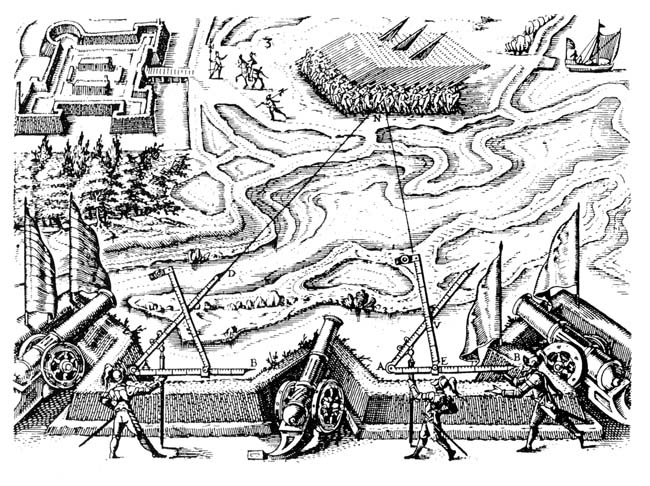[...]cing the jinn to your child)
“exposing” his children to their disruptive yet generative powers
‘exposure of children to evil’
the innate resource of children
(for Zezru) the children are pure, they represent non-evil. they belong to shades. their innocence does not imply a state of passivity.
 innate resources of children
innate resources of children
Reynolds
children’s own resources are bolstered by the protection afforded by living and dead kin
a parent (or guardian), cannot know in advance what regions of experience and expression the child has access to or what he or she is capable of
in Islam
a certain unintentional malevolence existing alongside generosity
religious differences
parsayi
(
let's explore how a self moves alone this series of singularities, what brings about movement, and where may it be tending
Maryam's father, has moved from a version of himself that he knew to other versions of himself of which he did not have prior knowledge
his movement was toward the jinn and then away from them. so not in the series that constituted ‘him’, but also moved toward the series constituting the jinn. a zone of jinn becoming.
(or human becoming for the jinn)
allowing himself to be a multiplicity
“Our faith had become weak and our obligatory worship was suffering.”
is Sulayman (the jinn) then the arc of a certain line of flight for Maryam?
friendship between a human (little sunni girl) and a nonhuman (jinn)
artificiality of need in the everyday
(A) existence of multiple selves within an individual, which is context-dependent and intersubjective. the individual may espouse different self-representations at different moments, these are not viewed as inconsistent to the illusion of wholeness (Ewing 1997)
(B) the subject acts on herself in such a way as to make the norm constitute her as pious self. this is a self that is generated through its particular emergence from and interpenetration with, the norm. (Mahmood 2001)
(C) the self as the realm of presubjective possibilities. in Deleuze words “impersonal and pre-individual singularities” exists within a plane of immanence. “far from being individual or personal, singularities preside (take over and govern) over the genesis of individuals and persons; they are distributed in a ‘potential’ which admits neither Self not I, but which produces them by actualizing or realizing itself, although the figures of this actualization do not at all resemble the realized potential.” the actualizations are in link with his plane of immanence. (Deleuze 1990)
a given individual moves between these qualities without necessarily morphing into entirely different selves
(that ‘difference’ is internal to being)
![--> soci
sheep horn form social evolution sign meaning hand twist
[source: 2011 - S&P Weaver - Saltmarsh Ranch] sheep horn form social evolution sign meaning hand twist [source: 2011 - S&P Weaver - Saltmarsh Ranch]](images/ajayeb/0134.jpg) to betray the immediate norm (of this society) (to ensure a continued relationship with them)
to betray the immediate norm (of this society) (to ensure a continued relationship with them)
but i am already moving to my next self
(1) gestures as cultural text (Clifford
(2) codes to crack the regulative mechanisms of a society (
(3) how thinking proceeds apace with gestures, how gestures gather thought, sounded and unsounded, and how voice is incorporative
(Heidegger shows)
(only when one speaks, does he think
temporality of memory
(...it took them two years to remember to tell me this)
possession
mythopoetic (registers of Qur'an)
mythopoetic registers of everyday life
Jinn can trick the humans into looking at a copy of them (and then change form or into formlessness)
the copies of time-honored practice of embodying and transmitting the islamic tradition is now haunted by
Asb-e Imam-Hossein
it is in islamic tradition that being a muslim entails keeping up the illusory nature of everyday life while also participating in it. (not excessive withdrawal nor excessive attachment)
(separated in the past,
anthropology
(Singh)
(more than once in a single day i find myself paused to wonder at) how thought moves
-to be drawn to nondialectical is not the negation of dialectical, it is a way of thinking about the “meta"-physics (Singh)
philosophy reconciders this
how philosophy relates to and draws on nonphilosophy (is usually geographical
more differences